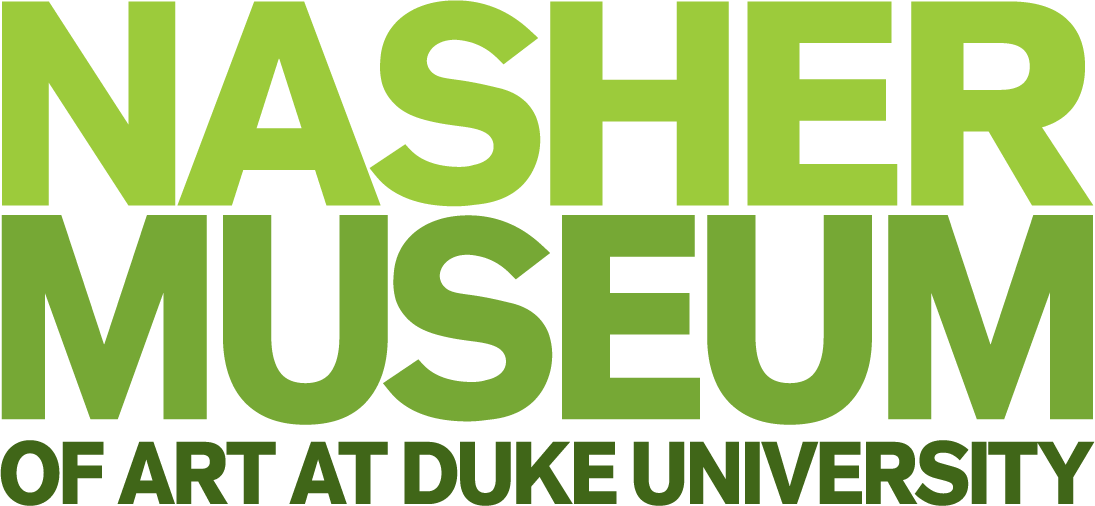European Art
About the Gallery

A reinstallation of a portion of the gallery (fall 2021) brings new acquisitions and rarely seen works out of storage and into Wilson Pavilion so as to continue to tell these stories while also incorporating underrepresented histories from beyond the European continent. Centered on Kehinde Wiley’s St. John the Baptist II (2006), the new selection of works focuses on themes related to flora, fauna, and food. In this space, flowers act as decorative elements, symbolic carriers and tour-de-force expressions of artistic skill. Landscapes and animal imagery from the seventeenth through the twenty-first centuries remind viewers of our changing relationship to the planet and its resources, while paintings of food and three-dimensional culinary objects delight the senses but also call attention to the atrocities of trade and enslavement during the colonial period. Throughout the gallery, contemporary interventions of works by Barkley L. Hendricks, Nina Katchadourian, Mark Swanson, and Wiley allow for fresh considerations of both historical and recent art. They bridge the Nasher’s contemporary collection with the European Baroque and beyond, inserting traditionally diminished voices by Black, female, and LGBTQIA+ artists into a long lineage of artistic traditions.
The Renaissance section of the gallery includes works made between c. 1400–1600. The objects on view offer examples of both public and private commissions of religious imagery, with a focus on saints and other ecclesiastical subjects. Contemporary interventions in this space by Naudline Pierre and Diego Camposeco present interpretations of European art from this era that question access, stereotypes, and representation in the art historical canon. The inclusion of such contemporary works throughout the European Art Gallery and The Collection Galleries will be ongoing and change over time.
Contemporary Interventions within The Collection Galleries
Works of contemporary art from the Nasher Museum’s collection are on view in Wilson Pavilion, creating new conversations among historical works in The Collection Galleries. An early, breakthrough work by New...
Published
The Book of Hours
View a digital version of the Nasher Museum's Book of Hours. The Book of Hours is a fine example of 15th-century French manuscript production. It has 156 pages, including daily prayers for Christian devotion, a calendar of saints’ days and 13 full-page paintings, or miniatures, depicting religious scenes and vignettes associated with contemporary life.


